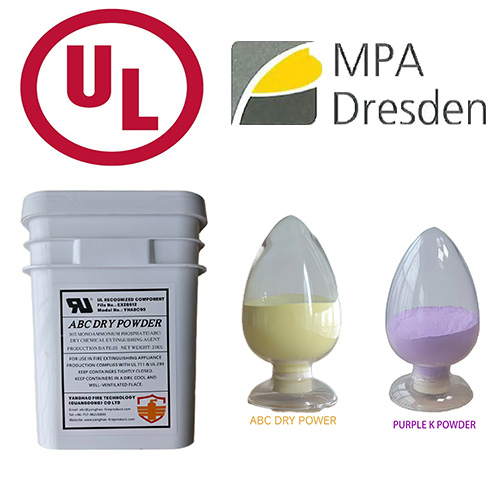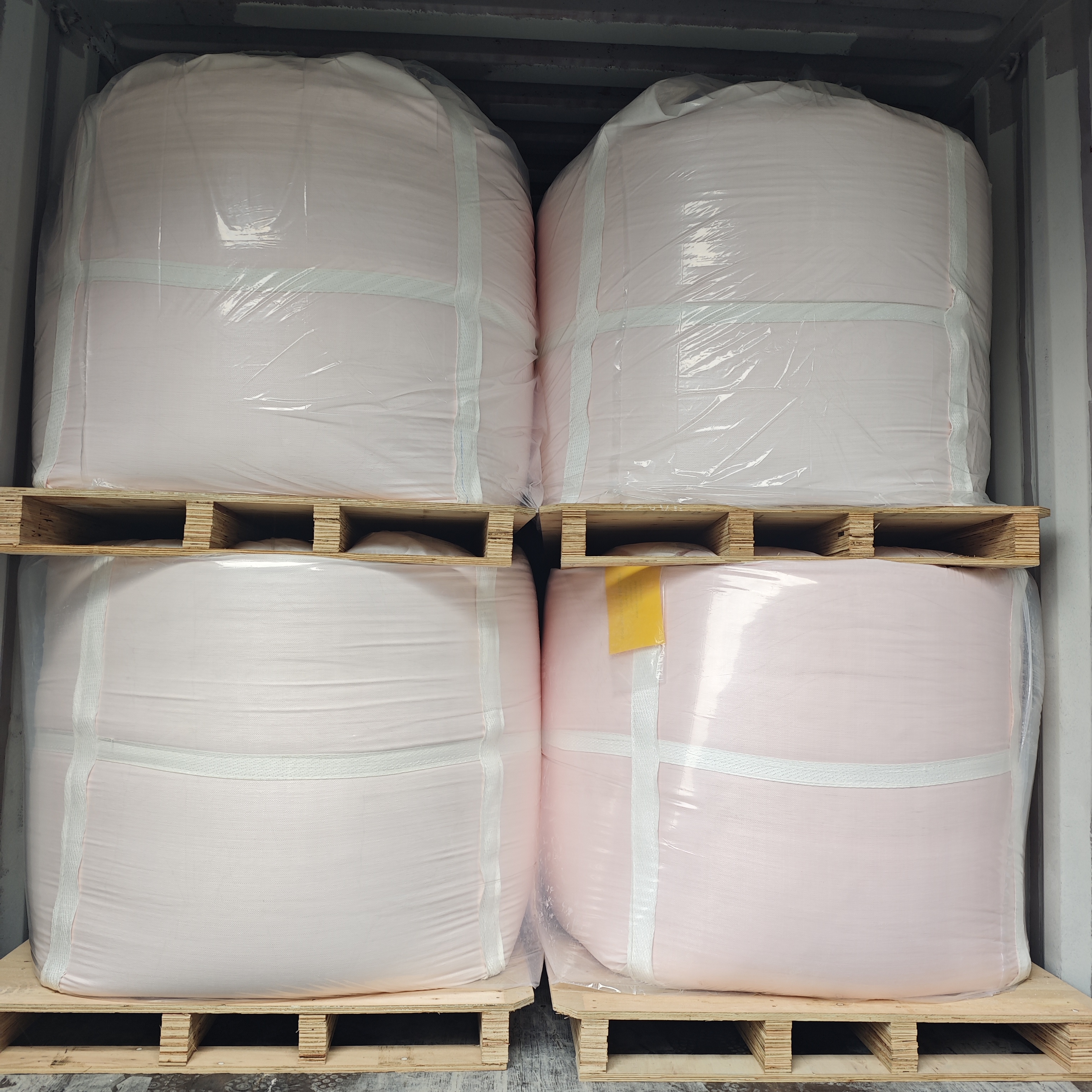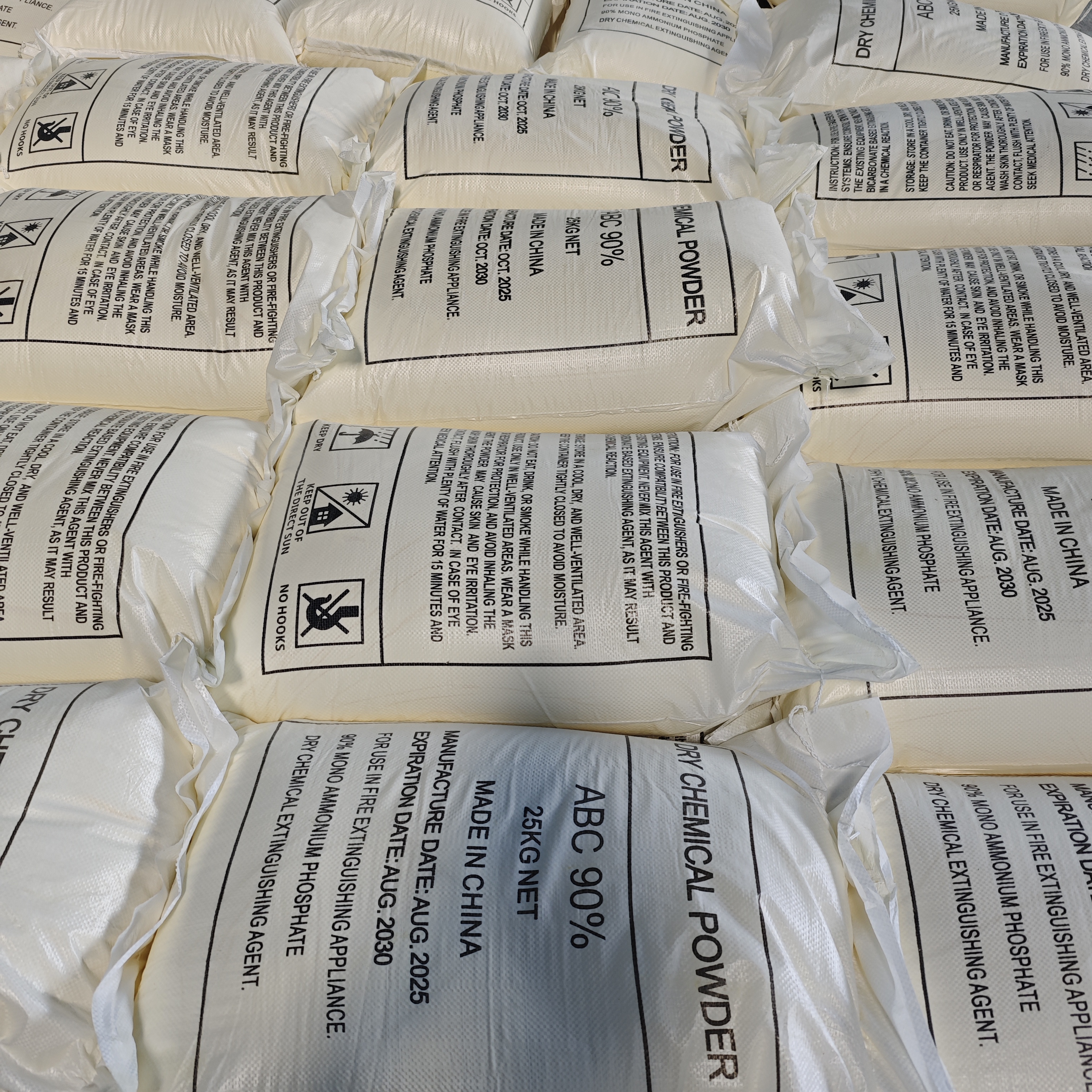Humidity Matters: How Different Environmental Moisture Levels Affect the Stability and Performance of Dry Chemical Fire Extinguishing Agents
1. Introduction
When it comes to fire safety, the dry chemical fire extinguishing agent is one of the most reliable and widely used materials across the world. However, environmental conditions—particularly humidity—can have a significant impact on its chemical composition and overall fire suppression efficiency.
In many tropical or coastal regions, the relative humidity often exceeds 70%, creating a challenge for maintaining storage stability and preventing moisture absorption. Even a small increase in the powder’s water content can affect its flowability, discharge rate, and chemical reactivity, leading to a drastic drop in performance.
This article explores how varying humidity levels influence the stability and functionality of ABC dry chemical powder, the mechanisms behind these changes, and what manufacturers and end users can do to protect the integrity of their dry chemical fire extinguishing agents.
2. The Science Behind Moisture Absorption
Moisture absorption is a key factor that determines the storage stability of any dry chemical fire extinguishing agent. Most ABC formulations are composed primarily of monoammonium phosphate (MAP) or ammonium sulfate—both of which are slightly hygroscopic.
When exposed to humid air, these particles attract and retain water molecules on their surfaces. Over time, this leads to clumping and the loss of free-flowing properties. Once the powder starts to cake, it becomes difficult for the extinguisher to discharge the agent uniformly, ultimately reducing fire suppression efficiency.
Laboratory studies show that at 60% relative humidity, an ABC dry chemical powder can absorb up to 0.3% moisture within 24 hours. At 80% humidity, that number doubles, creating visible lumps in less than three days.
3. Impact on Fire Suppression Efficiency
The connection between moisture absorption and fire suppression efficiency is direct and measurable. When a dry chemical fire extinguishing agent absorbs moisture, several things happen simultaneously:
Reduced Flowability – Caked powders block the discharge nozzle, decreasing pressure and coverage area.
Chemical Degradation – In the presence of moisture, monoammonium phosphate decomposes faster, losing its ability to interrupt combustion reactions.
Slower Flame Interruption – Wet powder reduces the formation of a protective layer on burning surfaces, lowering fire suppression efficiency.
Corrosion Risks – Moisture-laden powder can corrode the extinguisher’s internal components, further compromising storage stability.
In comparative tests, a high-quality ABC dry chemical powder stored below 50% relative humidity retained 98% of its extinguishing power after six months, while the same product stored above 75% humidity lost up to 25% of its fire suppression efficiency.
4. Storage Stability in Different Humidity Zones
Different regions present unique challenges for maintaining storage stability of dry chemical fire extinguishing agents:
Tropical Regions (RH 70%-90%)
The risk of moisture absorption is highest. Powders must be sealed in multilayer moisture-proof packaging and stored in air-conditioned facilities.Temperate Regions (RH 40%-60%)
Storage stability is relatively better, but periodic checks are necessary to ensure no clumping has occurred.Arid Regions (RH < 30%)
Although humidity is low, sudden temperature fluctuations can cause condensation during shipping, leading to minor moisture absorption.
Therefore, exporters and distributors of ABC dry chemical powder must adapt their logistics strategies based on the destination country’s climate profile.
5. Material Engineering: How Coatings Improve Resistance
Modern manufacturing has developed innovative ways to combat moisture absorption and enhance storage stability. One of the most effective methods is surface coating technology.
By applying a thin layer of hydrophobic material—such as silica or silicone oil—on each particle of the dry chemical fire extinguishing agent, manufacturers can create a barrier that resists water vapor penetration.
At Yanghao Fire Technology, for example, the ABC 90 UL-certified series uses a dual-layer coating system. This coating dramatically improves storage stability, even under 80% relative humidity, while maintaining consistent fire suppression efficiency after long-distance transport.
Testing shows that coated ABC dry chemical powder exhibits 40% less moisture uptake compared to uncoated variants and retains full discharge performance even after six months in tropical conditions.
6. Packaging and Handling Best Practices
To ensure the storage stability of any dry chemical fire extinguishing agent, both manufacturers and end users must adopt good packaging and handling practices:
Use moisture-proof packaging — Multi-layer polyethylene or aluminum-laminated bags prevent moisture absorption.
Store in climate-controlled environments — Keep storage humidity below 60% to preserve fire suppression efficiency.
Avoid frequent opening — Each time the container is opened, moisture enters and compromises ABC dry chemical powder quality.
Inspect regularly — Check for clumping, discoloration, or signs of degradation.
Following these steps ensures that every batch of dry chemical fire extinguishing agent performs at its designed efficiency level.
7. Experimental Validation: Humidity Stress Testing
To scientifically verify the correlation between humidity and performance, Yanghao Fire Technology conducted accelerated aging tests on its ABC dry chemical powder formulations.
Samples were exposed to controlled humidity environments of 40%, 60%, and 80% at 25°C for 30 days. Key findings included:
At 40% RH, there was negligible moisture absorption, and fire suppression efficiency remained stable.
At 60% RH, a 0.25% water increase was detected, reducing discharge performance by 5%.
At 80% RH, the powder absorbed nearly 0.6% moisture, resulting in visible clumping and a 20% drop in fire suppression efficiency.
These results clearly demonstrate that humidity control is critical for maintaining the storage stability and reliability of dry chemical fire extinguishing agents.
8. Conclusion
Humidity may seem harmless, but for a dry chemical fire extinguishing agent, it can mean the difference between full performance and failure. Excessive moisture absorption not only reduces fire suppression efficiency but also accelerates chemical degradation and equipment corrosion.
The key to preventing these issues lies in improving storage stability—through smart engineering, effective packaging, and climate control.
For exporters and buyers alike, understanding how humidity impacts ABC dry chemical powder ensures safer storage, reliable discharge, and long-term product integrity.
By investing in high-quality, coated powders and adhering to best practices, manufacturers like Yanghao Fire Technology continue to deliver dependable, humidity-resistant extinguishing solutions to global markets.





